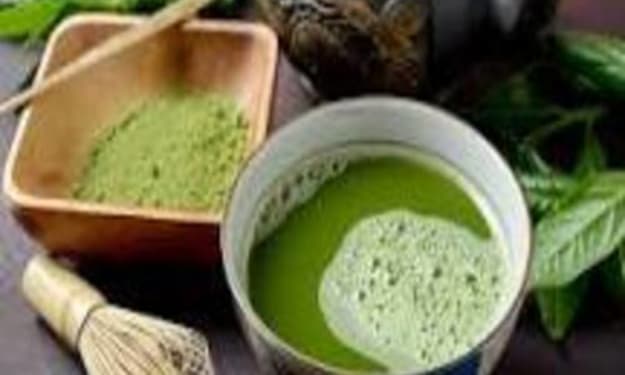Christmas Poinsettia Origin
The facts and legend behind this popular holiday plant.

There are a lot of legends, folklore, traditions, and also facts that surround the holiday we celebrate on December 25. It all began when early Christians decided to celebrate the birth of Christ in order to take focus away from the winter solstice celebration. From this has derived Santa Claus, Elves, Reindeer, and hundreds of other stories that have become favorites over time. One seasonal staple that has remained popular over the years is the poinsettia plant. From after Thanksgiving, until mid-Jaunary, these flowers can be seen everywhere. This plant is native to Central America, especially in Taxco del Alarcon, southern Mexico where they bloom during winter months. Poinsettias continue to be the number one selling flowering plant throughout the year.
Perhaps you decorate each Christmas with poinsettias but never gave a thought to why this is the official plant of the holiday season. Every holiday tradition has an origin whether factual or folklore and poinsettias are no different. The ancient Aztecs utilized the poinsettia leaves to make a purple dye that was used for cosmetics and clothing. The white sap from the plant was turned into a medicine that was beneficial in treating fever. Today this product is known as latex. The poinsettia became popular thanks to a man by the name of Joel Roberts Poinsett, whom the plant was named for. In 1825, he became the first US Ambassador to Mexico.

Poinsett owned several greenhouses on his South Carolina plantations and in 1828 while visiting the Taxco area he took a keen interest in these plants. He took some of the flowers home and began sending them to his friends and also to botanical gardens. One acquaintance who received a plant from Poinsett was John Bartram of Philadelphia who exhibited the plant during the first Philadelphia flower show. In attendance was Robert Buist of Pennsylvania who saw the poinsettia, made a purchase, and later began selling them. It is believed that it was during this time that the flower gained its name ' poinsettia' in honor of the man who first brought them from Mexico to America.
The popularity of this particular plant during the Christmas season is because of a legend about a poor Mexican girl named Pepita. The story says that the little girl was sad because she had no gift for the baby Jesus during a Christmas Eve church service. Her cousin Pedro tried to cheer her up by saying that Jesus would be happy with any gift no matter how small. Pepita then walked out of the chapel and picked a handful of weeds that were on the side of the road to lay at the altar. She formed them into a bouquet, went back into the chapel, and laid her meager offering at the altar near the nativity scene.

The congregants were said to been amazed at what happened next and proclaimed that a miracle had taken place in their midst. They said that the weeds suddenly transformed into bright red flowers, (poinsettias) which were called "Flores de Noche Buena' which translates Flower of the Holy Night. This legend led to Christians over the years connecting the Christmas plant to Easter. They began saying that red poinsettias represent the blood of Christ, the green leaves were a reminder of eternal life and the white flowers stood for purity.
Unlike most flowers that come to life in the spring, the poinsettia blooms in December, which makes it the perfect choice as the holiday plant. While some people throw out their poinsettias after the holiday is over, others cultivate their plants and use them the following year. According to the University of Vermont Department of Soil Science, there are more than different 100 varieties of poinsettias to choose from, which come in a range of colors including red, white, yellow, cream, apricot, and salmon.
You may also find a number of unusual shades that are speckled or marbled with several colors blended together. Every year someone's imagination takes hold and there are new variations to choose from. According to the '2013 USDA Floriculture Statistics report, poinsettias accounted for 23 percent of sales from all flowering potted plants'. That is roughly $144 million out of a total of $618 million in sales recorded for all potted plants with flowers. That's a lot of money as well as potted plants being sold, all because one man liked a plant he saw in southern Mexico.
The shape of the poinsettia flower and leaves are sometimes thought as a symbol of the Star of Bethlehem which led the Wise Men to Jesus. The red colored leaves symbolize the blood of Christ. The white leaves represent his purity.
The Poinsettia is also the national emblem of Madagascar.
About the Creator
Cheryl E Preston
Cheryl is a widow who enjoys writing about current events, soap spoilers and baby boomer nostalgia. Tips are greatly appreciated.






Comments
There are no comments for this story
Be the first to respond and start the conversation.